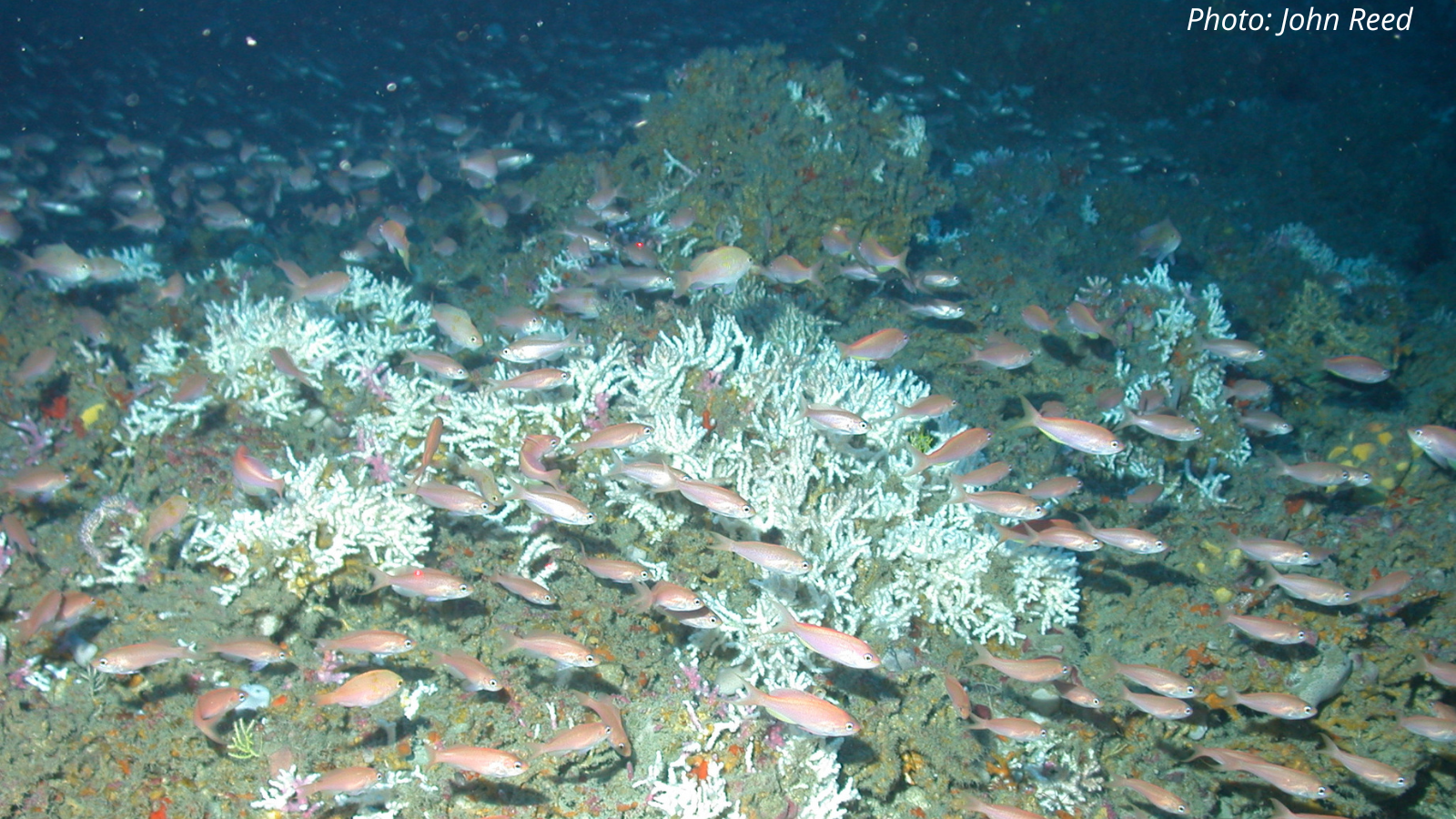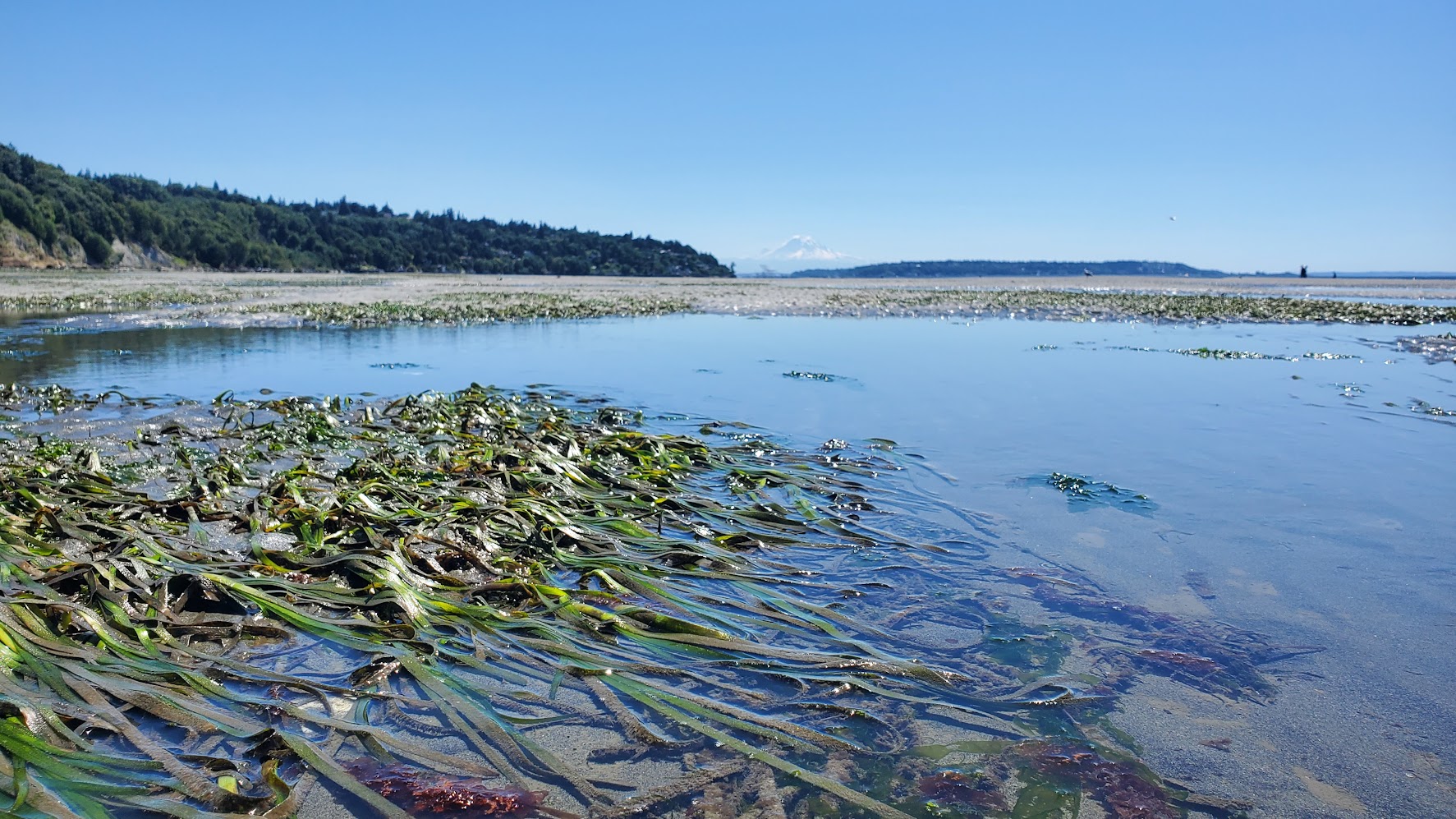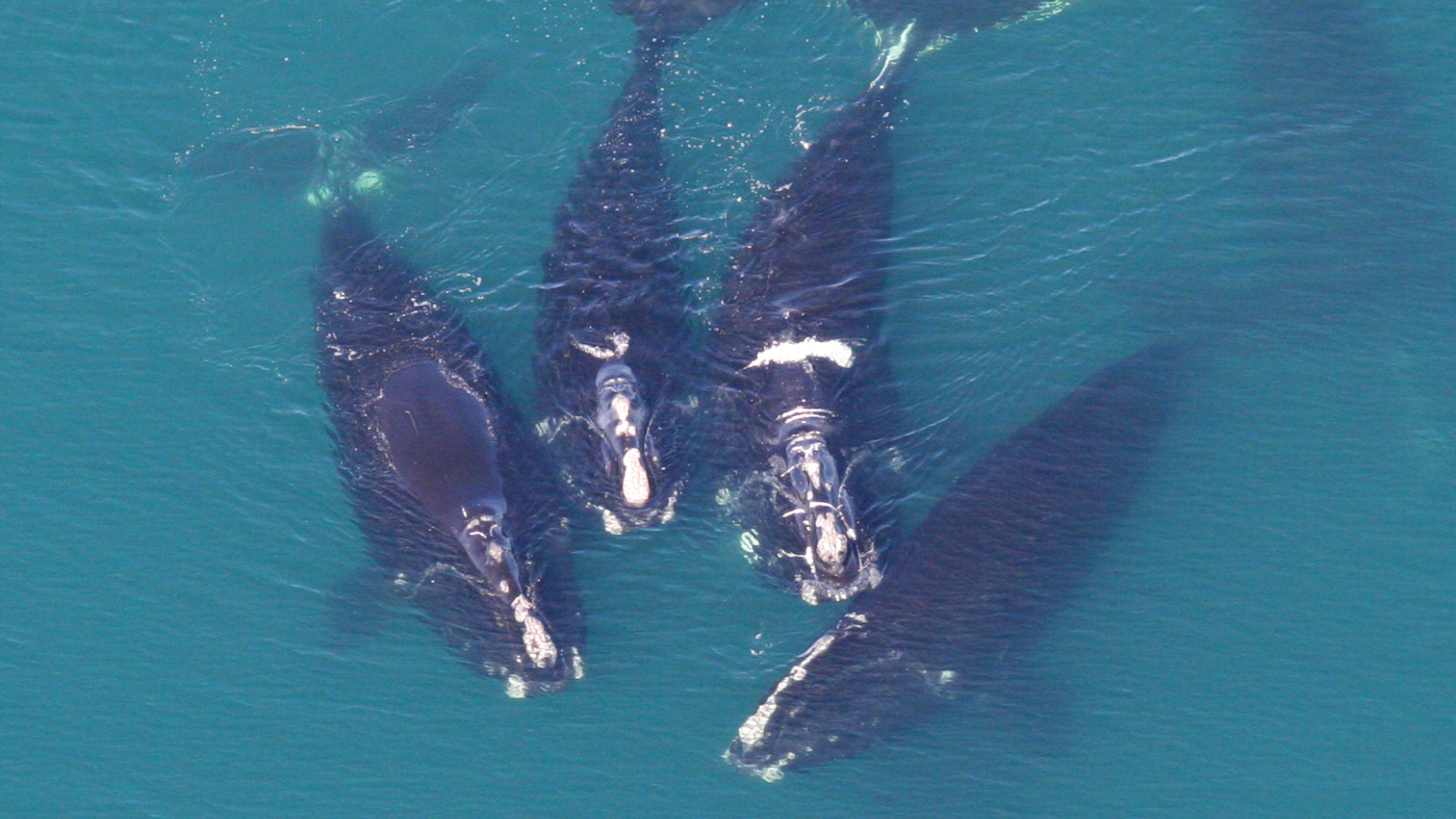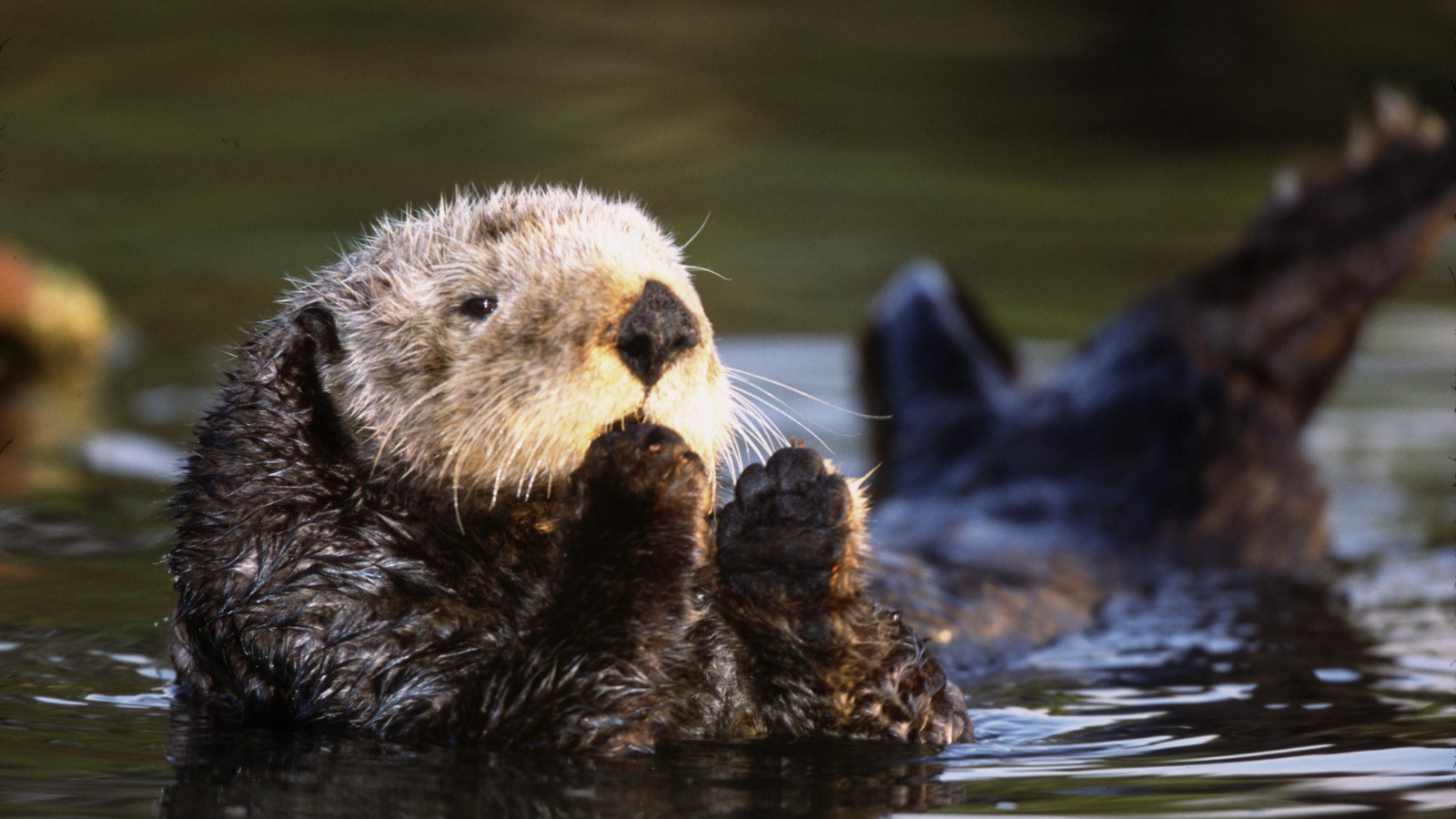
Deep-water coral bank threatened
Florida’s deep coral reef, protected in ‘80s, faces prospect of destructive shrimp trawling once again

It was that rarest of good news in ocean advocacy: a coral reef, once brought to the brink of destruction, gains protection and sees the first glimmers of a rebirth. Oculina Bank, a deep water coral reef off Florida’s Atlantic coast, has been a shining example of how decisive actions to remove a direct threat from an ocean ecosystem can lead to outcomes that benefit biodiversity.
However, decades of progress are at risk, as fisheries regulators consider opening the area once more to harmful shrimp trawling –a fishing practice that involves dragging weighted nets over the sea floor.
Oculina Bank is a one-of-a-kind coral reef. The white, tree-like Oculina coral filter feed approximately 200-300 feet under the waves, creating the habitat for shrimp, crab and other small fish that form the basis of Florida’s marine ecosystem. They also serve as an important spawning habitat for Florida’s iconic grouper, which have been overfished in recent years. Florida Atlantic University Professor John Reed, a coral reef researcher, estimates that one single 12-inch Oculina coral can support hundreds of animals.
This critical habitat was nearly wiped out when shrimpers began trawling along the bottom for rock shrimp in the 1970s. This stirred up plumes of dust under the waves that prevented the coral from filter feeding and destroyed much of the habitats of bottom-dwellers. By 2000, only 10% of the Oculina coral remained.
Recognizing the danger to this critical ecosystem off Florida’s Atlantic coast, fisheries regulators at the National Oceanic and Atmospheric Administration (NOAA) closed Oculina Bank to trawling, anchoring and other activities that could endanger the remaining coral.
This decisive action worked: Scientists undertaking coral restoration efforts observed early signs of new coral growth and fish returning to the once-barren reef.
But now, shrimpers have put forward a proposal that would allow them to trawl right next to the preserved Oculina corals. Not only would this put the ivory coral structures at risk from nets that accidentally enter the protected habitat, it would create more sediment plumes, stressing the established coral and potentially preventing new coral from taking root.
The right choice was made decades ago. We recognized that everyone would benefit from a healthy, vibrant reef and took the steps needed to make that future possible. The shrimp trawlers’ proposal would put our tentative progress towards a healthier Oculina coral reef at risk.
Thankfully, we had time to tell NOAA to reject this misguided proposal. We submitted petitions from over 14,000 people who want to see the Biden administration to keep Oculina Bank safe for decades to come.
Together, we can keep this one-of-a-kind reef on the road to recovery.
Topics
Authors
Kelsey Lamp
Director, Protect Our Oceans Campaign, Environment America Research & Policy Center
Kelsey directs Environment America's national campaigns to protect our oceans. Kelsey lives in Boston, where she enjoys cooking, reading and exploring the city.
Find Out More

A wave of youth ocean activism in Boston

Let’s protect Oregon’s underwater forests

Save the Whales



